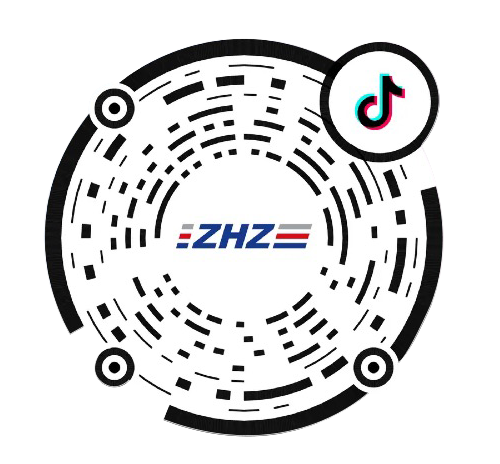Flight Training
-
Basic Theory

Basic theory training, by means of classroom instruction, introduces the UAS, subsystem composition, operating principles, operating limits, emergency disposal procedures, maintenance and servicing essentials, common troubleshooting methods, as well as operation of support equipment, management of technical documents, and other basic knowledge.
No. Course
1 Aviation Overview
2 Aviation Meteorology Overview
3 UAS Overview
4 UAV Structure and Operating Principle
5 GCS Structure and Operating Principle
6 Portable Control Station Structure and Operating Principle
7. Mission Equipment Overview
8 Overview of UAS Integrated Support
9 Flight Implementation and Flight Support
10 Emergency Disposal Procedures.
11 Common Troubleshooting
12 Preventive Maintenance and Storage
13 Ground Duty and Support Equipment Operation A
14 Use and Management of Technical Documents
-
Basic Skills

Basic skills training will allow trainees to master the basic skills of UAV operation and maintenance (including torque application, safety wire application, electronic elements welding, pull-in and -out of aviation connectors) by means of instructor lecture and trainee operation in order to cultivate the trainees with zero basics into operators with basic skills.
-
Ground Practices

Ground practice training will allow trainees to master the procedures, methods, and precautions for inspection, preparation, operation, maintenance, and servicing of systems, subsystems, and support equipment mainly by means of instructor's lectures and demonstration, and actual operation by trainees.
Ground practice course is usually configured with common subjects and professional subjects. The common subjects are for all trainees while the professional ones are for different posts.
-
Flight Training

Flight training uses the mode of "Simulator Training First and Then Training on Real Aircraft".
The instructor will use simulators to let trainees be familiar with the operation interface and functions and definitions of all the buttons, controls, and parameters, and then will use actual equipment for flight demonstration for trainees to watch. Finally, the instruction trainees complete the actual flight.
-
Examination and Certification

After trainees complete all training phases for theoretical courses, basic skills, practice subject, and flight training, they will attend the training examination to evaluate the overall performance, knowledge mastery condition, skill proficiency, etc., during the training and to determine whether they are qualified for independent operation and maintenance of UAS.
Furthermore, United Aircraft has established strategic cooperation with several AOPA training organizations that will provide value-added services such as AOPA certification for customers.





















